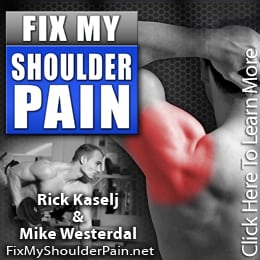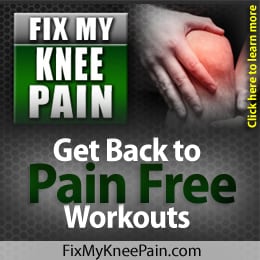What are Latent Trigger Points?
There has been a lot of talk about trigger points in fitness of late.
Fitness professionals have been using foam rollers, medicine balls, sport balls and other tools to address them.
I was wondering if what I was doing and other fitness professionals were doing was right so I connected with Conor Collins.
Conor is a health professional that focus on helping his clients recovery from training, rehabilitate from injury and improve performance.
One of the things he does with his clients is address their trigger points.
Here’s a video of Conor Collins from Trigger Point Solution giving us a quick tip regarding Latent Trigger Points.
What is a Latent Trigger Point?
Latent Trigger Point is a trigger point that is present in the body but it is not exhibiting any active symptoms.
Examples of active symptoms are a pain referral pattern or special symptoms like numbness or tingling.
But one thing that will bring about a latent trigger point is measuring a particular movement pattern when an active trigger point is present in a muscle.
For example, if we have an active trigger point present in rectus femoris (one of the quad muscles) we would measure muscles that perform hip flexion like the psoas major and Tensor fasciae latae or we may look at somebody’s neuromuscular pattern not to straight leg raise.
And what we will usually see is that it will bring about, symptoms of active trigger points in those particular muscles. This may start to fire off pains associate with them or excessive weakness.
What you should consider when doing your movement assessments?
Make sure that when you are going through your assessment or your movement assessments or your movement programming, you take this into account, measuring the synergists (muscles that work with the muscle that has latent trigger point) that are associated with that active trigger point in it.
Recommended Resource
If you are a health and fitness profession and would like to better understand how to assess and what to do about trigger points then I recommend Trigger Point Solution Program. It’s an amazing resource.
Take care and bye, bye.
Rick Kaselj, MS




